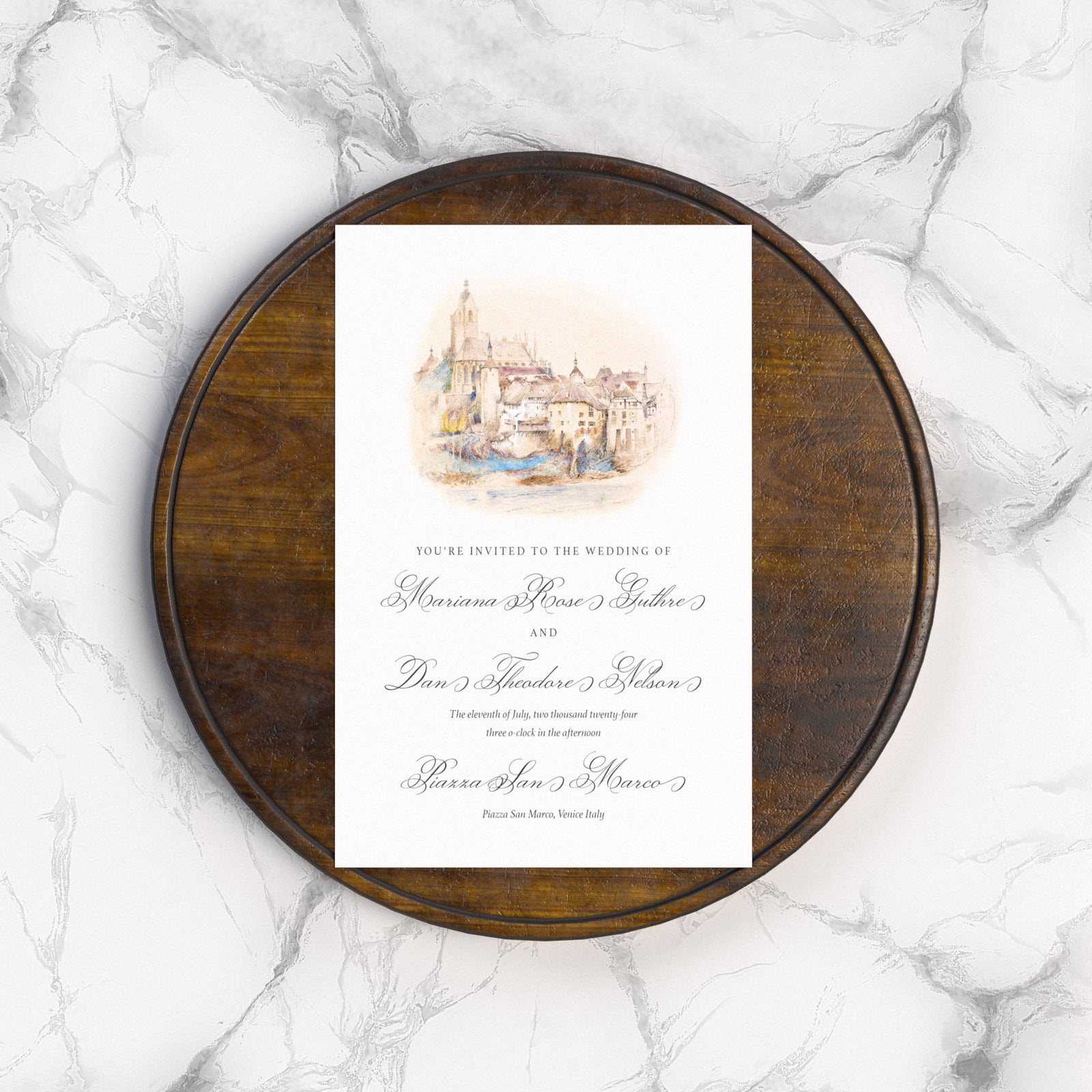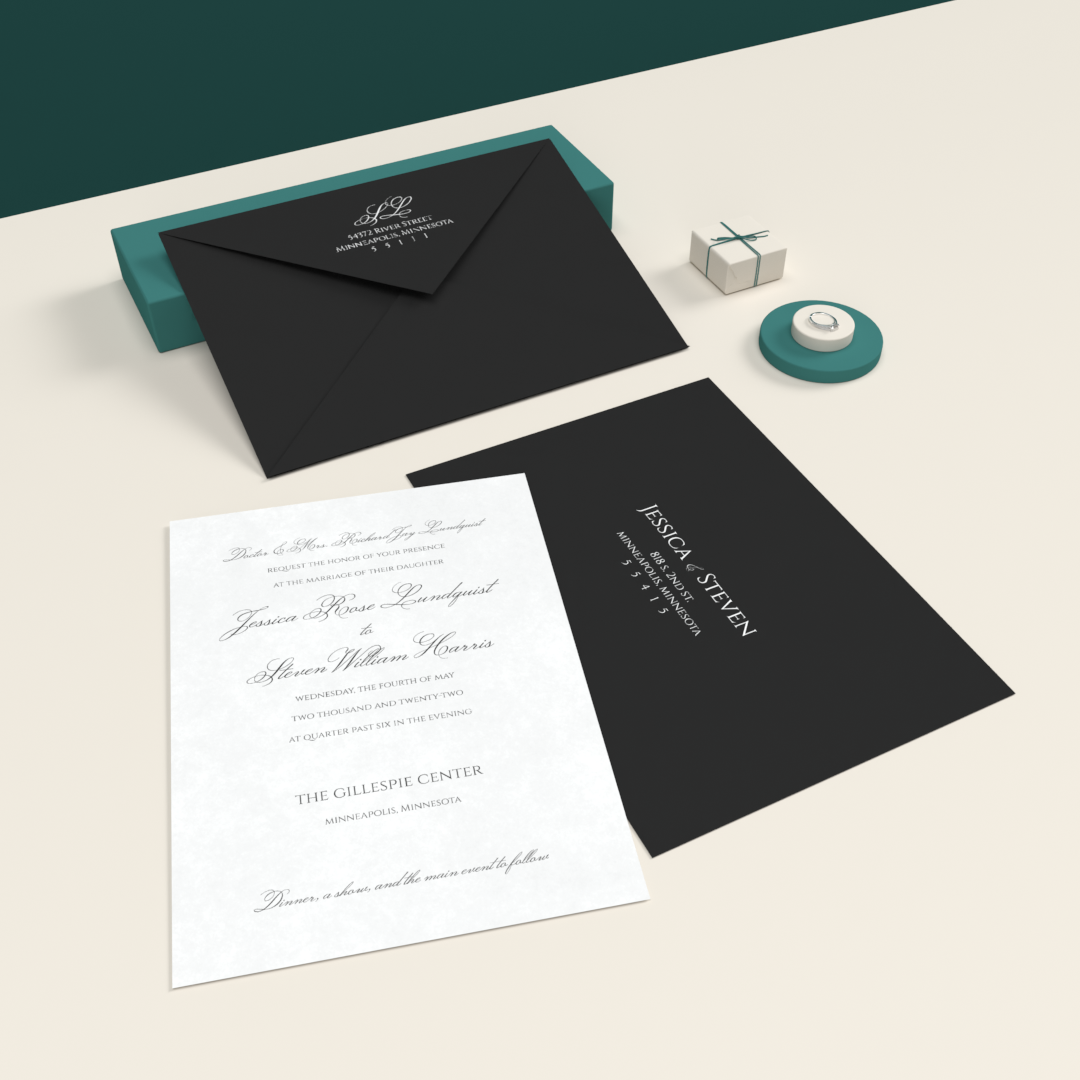General Print Knowledge
Producing printed materials that look professional and polished requires a basic understanding of the printing process, including key terms like bleeds, proofs, and paper types. Whether you're creating a brochure, flyer, or book, knowing how to properly set up your file for print can ensure that your final product looks great and meets your expectations.
In this article, we'll cover some essential print basics and provide tips for creating professional-grade prints that will impress your readers.
Bleeds
Bleeds are essential because they ensure that the final printed piece has a clean look with no white margins or unprinted areas around the edges of the design. Bleeds also provide room for error during the printing process.
When designing a print project, it's important to extend the design beyond the final size by about 0.125 inches to allow for trimming. This additional space, which is considered the bleed area, extends past the edge of the final printed piece to ensure that images and text go right to the edges of the document. Without proper bleeds, any design elements that are intended to extend to the edge of the final printed piece may be cut off during the trimming process, resulting in an uneven or incomplete finished product.

Bleeds are particularly important for print projects with full-color images or designs that extend to the very edge of the paper, since these design elements will be more noticeable if there is a white margin or unprinted area around the edge.
Proofs
In the world of printing, proofs provide an essential step in the printing process as they serve to ensure that the final product is precisely what the client wants. A proof is a sample of the printed piece that is provided to the customer for approval before the final printing process begins. The goal of a proof is to identify any potential errors before the piece goes to print, saving both time and resources.
Digital proofs are a cost-effective option as they can be reviewed online and do not require significant production or printing costs. At our shop, the standard proofing option is digital soft-proofs, where the PDF is sent digitally to the client for approval. Upon your approval of the PDF proof, production will begin for your project within 24-48 hours.
Crop marks
Crop marks are lines used to indicate where the final printed piece should be trimmed for a clean edge. These marks are automatically placed by the printing software used in our production, so there is no need to place crop marks in files yourself.
Dimensions
Providing accurate dimensions to the printer is essential for ensuring that the final printed piece is the desired size. When determining the dimensions of a print project, it's critical to consider bleed and margin areas and ensure that the design fits within the desired dimensions. Some of our print products allow for custom dimensions, and you can find the option right below the finish size dropdown on the product page.
Color and ink
Choosing the right colors and ink type is crucial for the success of any print project. CMYK is the standard color model for commercial printing, and the type of ink used will depend on the type of printer being used. We will always be able to provide recommendations for the best ink type to use based on the substrate being printed.

Borders
Borders can add visual interest to a design, but they can also be challenging to print. It's crucial to ensure that borders are the appropriate size and distance from the edge of the final printed piece to allow for trimming and avoid having borders cut off.
Paper
Choosing the right type of paper is an essential element of producing high-quality printed materials. There are many different types of paper available on the market, each with its own particular characteristics and features. Choosing the right type of paper can significantly affect the final printed piece's appearance, durability, and overall quality.
One important consideration when choosing paper is the weight or thickness of the paper. Thicker paper is generally more durable and provides a more substantial feel, making it an excellent choice for items like business cards. Lightweight paper is an excellent choice for printing materials that are more flexible, such as flyers or brochures.
Another essential factor to consider when choosing paper is the paper finish. There are many types of paper finishes to choose from, including glossy, matte, and uncoated. Each finish type adds a different look and feel to the printed piece. For example, glossy paper is known for its reflective and eye-catching appearance, making it a popular choice for printing high-quality photos. Matte paper, on the other hand, is known for its more subdued and elegant look, making it an excellent choice for printed materials that require a premium look and feel.

Choosing the right type of paper can impact the cost of printing, which is also an important factor to consider. High-quality paper with special features can be more expensive than standard paper types. Still, investing in high-quality paper can make a significant difference in the final printed piece's appearance and longevity.
In summary, choosing the right type of paper is vital for producing high-quality printed materials that meet the intended purpose. By considering factors like paper weight, finish, color, and cost, you can make an informed decision when selecting the best paper for the job. Ultimately, choosing the right type of paper can help to create a professional, polished, and impactful final product.




